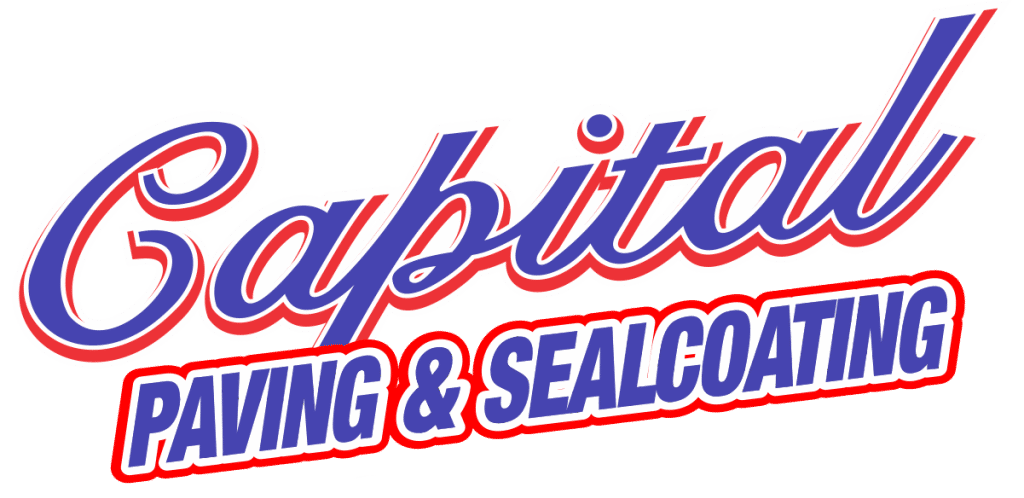Professional Asphalt Paving Services
Get Your Driveway or Parking Lot Repaired and Protected with Capital Paving & Sealcoating
24+ Years of Experience in the field
Since 1956, our family business has offered asphalt paving services from Florida to Maryland. We’ve now been serving Annapolis and all of Anne Arundel County for over 20 years. We pride ourselves on being a company large enough to handle all commercial projects but maintaining the values and customer loyalty of a small, independent business.
- Affordable Prices
- Quality Services
- Best Technicians
Don't Take our word for it
See what some of our happy customers have to say!
"An excellent experience working with Mr Harrison of Capital Paving & Sealcoating. Professional, efficient, fairly priced on two commercial lots. This should be your go-to for paving and sealcoating. They are great."
Rob Bindeman
"Had my drive re surfaced, awesome job!! It looks brand new, level, just can't say enough great things about this company, and real reasonable!!"
Elizabeth Paradis
"Capital paving and sealing was absolutely wonderful from the advice the owner gave me , to the service provided from his son and a extremely highly tech .a resealing is all I needed."
Pete Little
Get a Free Quote
If you are in need of Asphalt surfaces in Annapolis, Maryland (Or surrounding areas), please get in touch with us today to request a free estimate on paving services for your home or business.
Servicing the areas of:
Quality paving and sealcoating services in your neighborhood
